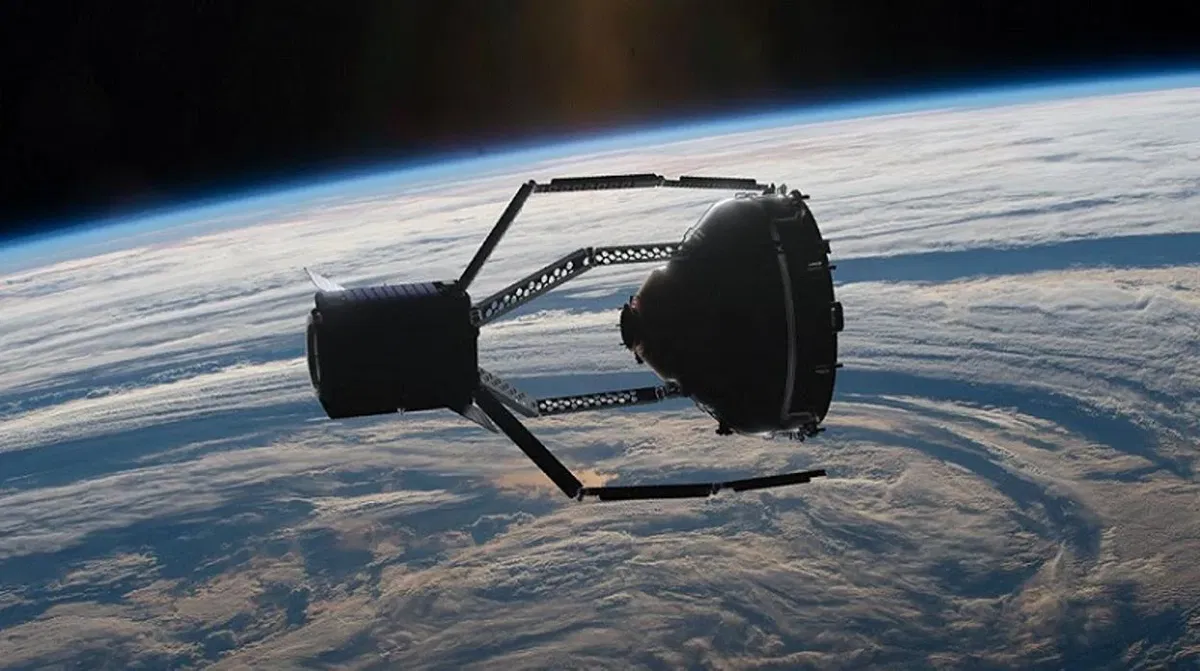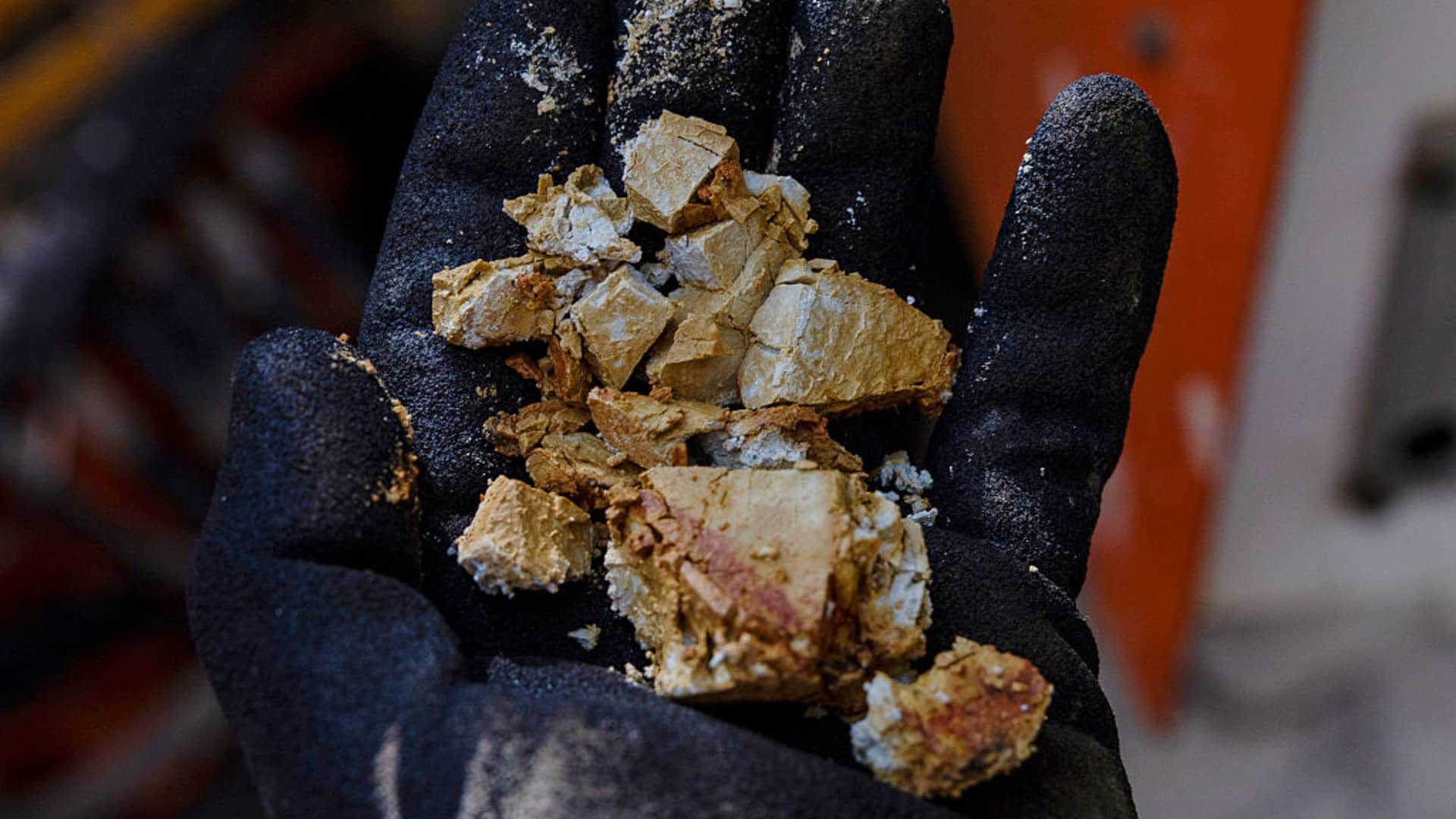Copyright euroweeklynews

In recent years, the European Space Agency (ESA) has increasingly focused on the issue of space debris: the growing cloud of inactive satellites, rocket fragments, and collision remnants orbiting Earth. These objects travel at extremely high speeds and pose a danger to operational satellites, scientific missions, navigation systems, and even the International Space Station. To address this, ESA has commissioned a groundbreaking mission called ClearSpace-1, developed in partnership with the Swiss space engineering company ClearSpace SA. The mission will attempt something never before done in space: the active removal of a piece of debris through physical capture using a robotic multi-arm mechanism. While media headlines have described the concept as sending a “giant claw” into orbit, the underlying technology is part of a broader shift toward sustainable space operations. The Mission Plan What ClearSpace-1 Will Attempt to Remove ClearSpace-1 has been designed to locate and capture an object known as Vega Secondary Payload Adapter (VESPA). The VESPA structure was left in a low Earth orbit after a launch in 2013. Weighing around 100 kilograms, VESPA is large enough to be tracked from the ground but small enough to be suitable for a first removal demonstration. Once launched, the ClearSpace-1 spacecraft will navigate to match the orbit of the VESPA object. It will then use its articulated robotic arms to grasp the debris. After securing it, the spacecraft will carry out a controlled deorbit, causing both the spacecraft and the debris to burn up safely in Earth’s atmosphere. Updated Launch Timeframe Why the Date Has Changed The mission was originally announced with a target launch date of 2025. However, schedule adjustments have taken place due to launcher availability and technical refinements. ESA has confirmed that the mission is now planned for launch in the second half of the decade, with current scheduling aiming for 2026, subject to final launch vehicle arrangements. Technical modifications were also made following new debris-tracking assessments and updates in launch vehicle plans. Because space missions depend on launch provider schedules, environmental modelling, and testing timelines, ESA has noted that the launch window may continue to shift slightly. However, the agency maintains the mission is progressing toward demonstration within this decade. The Stakes for Global Space Safety The amount of debris in orbit has grown over the last six decades. As satellite networks expand, particularly for telecommunications and global navigation, low Earth orbit has become more crowded. Even a small fragment travelling at orbital speeds can cause severe damage. Without intervention, collisions could trigger chain reactions, creating thousands of new debris objects. ESA has highlighted that active debris removal is likely to become a routine part of responsible space activity. ClearSpace-1 is intended to serve as the first example of how this may work in practice. Wider Future Applications A Step Toward Long-Term Sustainability in Orbit If ClearSpace-1 succeeds, it will demonstrate that debris can be physically captured and removed in a controlled manner. This opens the door to future missions capable of retrieving multiple objects, deorbiting inactive satellites, or even assisting malfunctioning spacecraft. ClearSpace-1 is the first mission designed to physically remove space debris using robotic capture. Its target is the VESPA component left in orbit in 2013. The mission is currently projected for launch in 2026, with timing dependent on launcher readiness and testing cycles. The ClearSpace-1 mission represents a significant shift in how humanity approaches its presence in space. For decades, the focus was on launching new satellites and expanding capabilities. Now, with orbital space becoming increasingly congested, attention is turning to maintenance, stewardship, and long-term sustainability. The idea of a spacecraft using robotic arms to capture debris may sound unusual at first glance, but the reasoning behind it is practical and future-oriented. By demonstrating an effective method of debris removal, ClearSpace-1 could help protect essential space infrastructure and contribute to the safe long-term use of Earth’s orbital environment.



